Growing up in Marin County, just outside San Francisco, Grace Ahlbom photographed her friends riding BMX bikes, and messing around in skate parks. Her latest series, “Dig in Your Heels, Stick to Your Guns,” taps into that adolescent sense of timelessness — when you had days to kill with boredom. She shoots skinny boys in languorous slouches, wearing sweatpants and bruises from homemade skate ramps. In her recent thesis show at Pratt (she’s set to graduate in May), these carefully staged, deceptively natural portraits were interspersed with still lifes that evoke long hours spent “making something from nothing”: apple pipes, totemic bundles of duct tape and heavy metal T-shirts, and graffitied tree trunks.
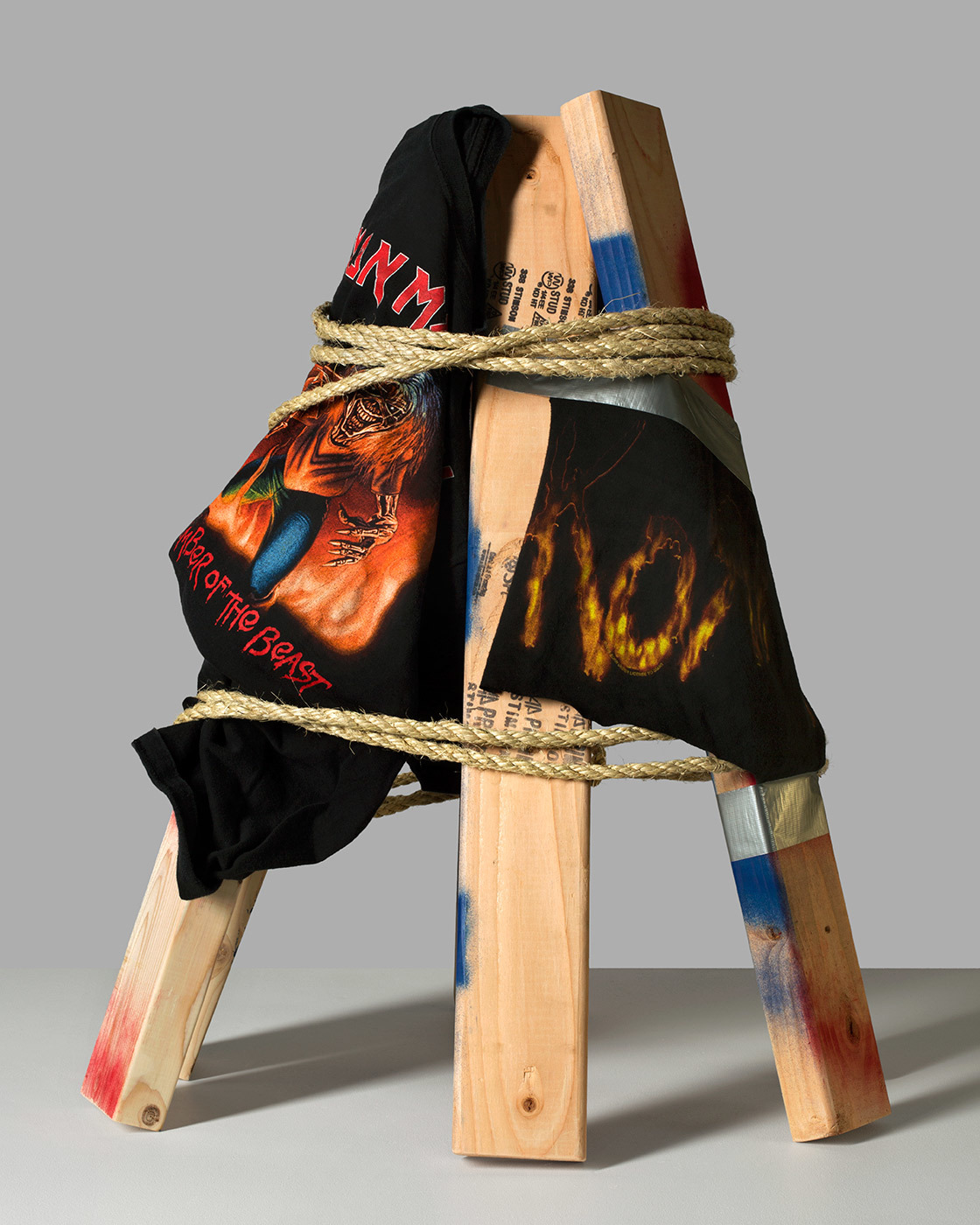
“But I definitely want to be clear that this is about my adolescence,” Grace explains over the phone. While her images conjure shared memories of being young in suburban America, she’s quick to point out that not everyone has that luxury of time. Her work also has a very personal driving force. “I always knew that I was different from most of my friends,” she says. “that I was a little off. I just wasn’t the regular girl, or, like, a boy.” In an effort to explore that ambivalence, she began to shoot boys in which she recognized parts of her own identity. She describes the process as “shooting to fill a void.”
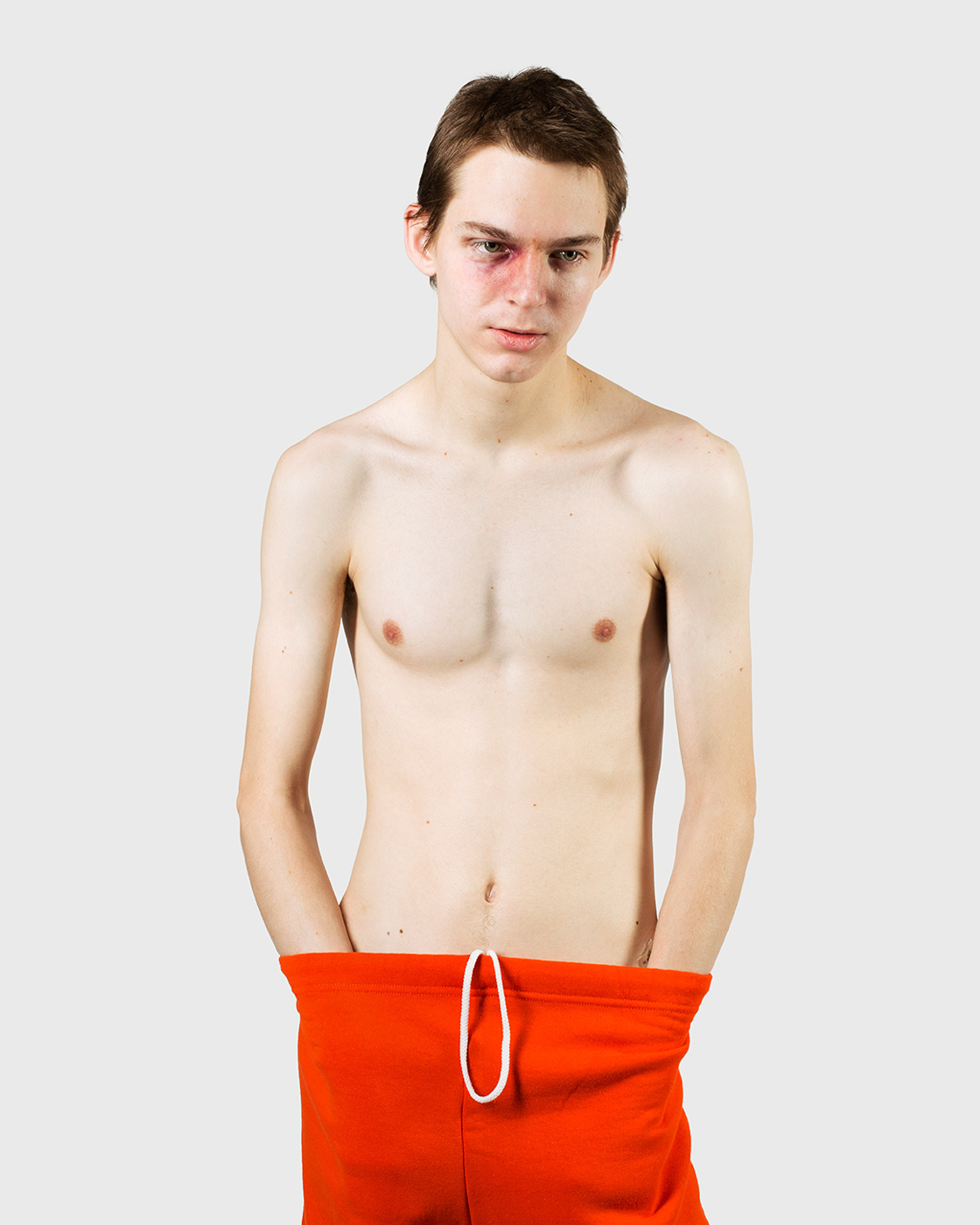
“The motivation behind my work is that society has created these roles and I want to question them,” Grace says — an instinct she fostered during her time working for Ryan McGinley. “He kind of works with the same motivation,” she explains, “He just wants the freedom to do whatever he wants, which is to set out on an adventure with people, and not care what society has to say about anything.”
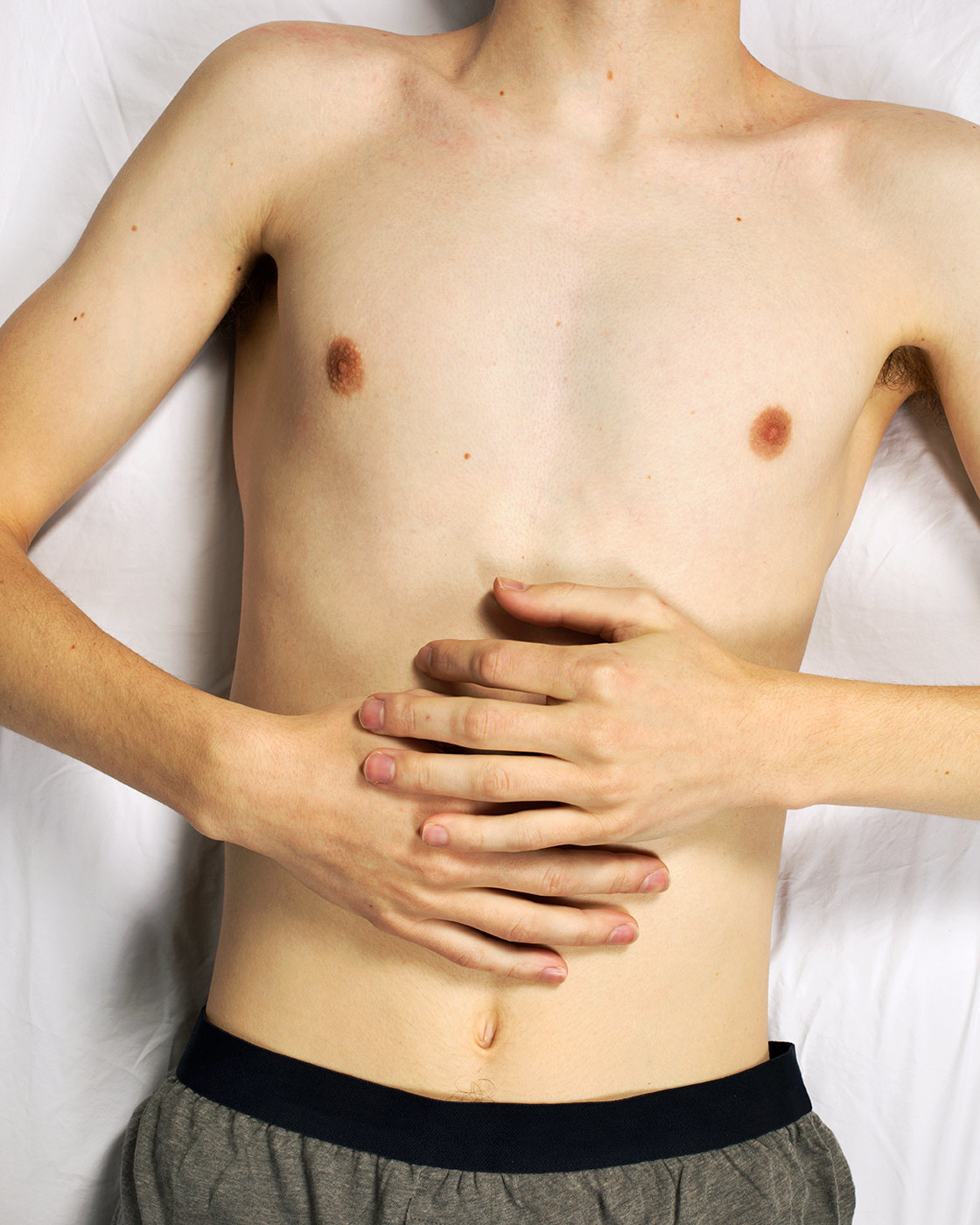
What are the qualities in your male subjects that you feel an affinity with?
The guys that I choose are very specific. The friend who was helping me light [the project] told me, “You definitely have a type.” I thought that was funny because I’m not attracted to guys romantically at all. But it’s still interesting to see that you have a type. I feel like that type is someone who’s unique-looking, goofy, and maybe a little creative.

Are they mainly friends?
Some of them are friends, but mostly they’re people I met at parties or saw on campus and spent hours on Facebook trying to find. I’d finally inbox them like, “Hey, I really like the way you look. Can I shoot you?” Then I had to explain what I’m doing. I thought they would think it’s a weird project because it’s kind of fetishizing them. But they were down; there are weirder things that go on…
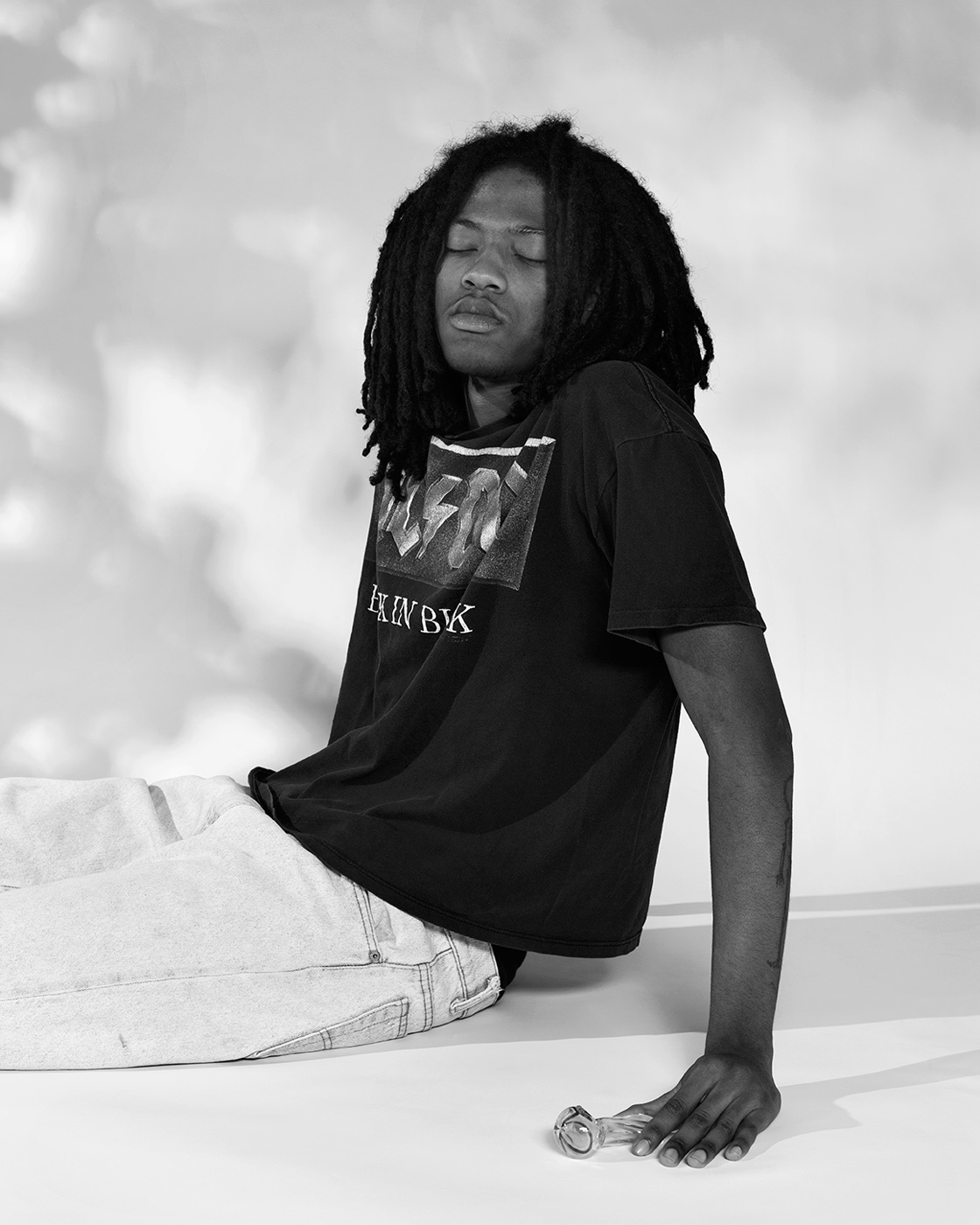
Fetishizing what exactly?
I thought they would think I was fetishizing them, but I don’t think I am. You know how people have like foot fetishes — they want people to come over so they can just look at their feet. I didn’t want it to come off as that! It’s nice to have the camera to buffer that. If I just hit these boys up and I was like, “Hey, come over so I can stare at you,” it’d be totally twisted. But as soon as I say, “Here, let’s take a photograph,” it’s fine. It’s weird but it’s kosher.

You have such a clear, clean aesthetic. How did you arrive at that?
I’m super OCD. When I was younger, I didn’t care that much about my photos and I was being OCD somewhere else. But now I’m like, “Okay, instead of being OCD about washing my hands, how about I just be OCD about my photographs and put all that extra energy into making that happen?” Then it just became a style and I was like, “Okay, this can work; I’ll just be super anal about everything.”
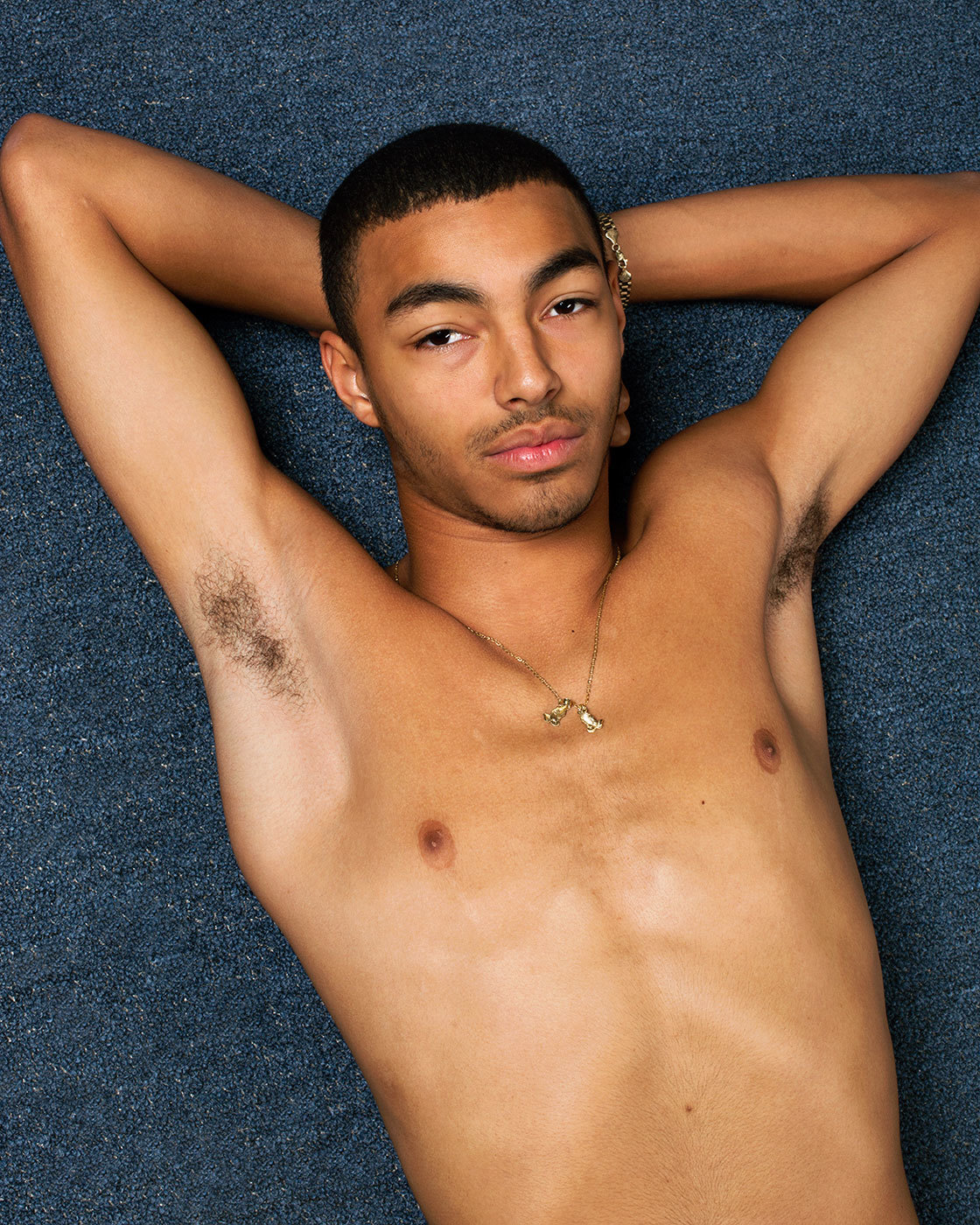
What do you think that precision brings to a photo?
I’m definitely interested in pseudo-documentary photography, making things look like they just happened even though they didn’t. I’ll work to make an image look as natural as possible but it’s totally not. I’m also interested in the fact that the images look so clean that they almost look like advertisements, which is interesting because it could almost come off like I’m objectifying these boys — because I’m a female photographer and I shoot these intimate photos with them and then the next day I’m blowing them up poster-size and wheat-pasting them on walls.
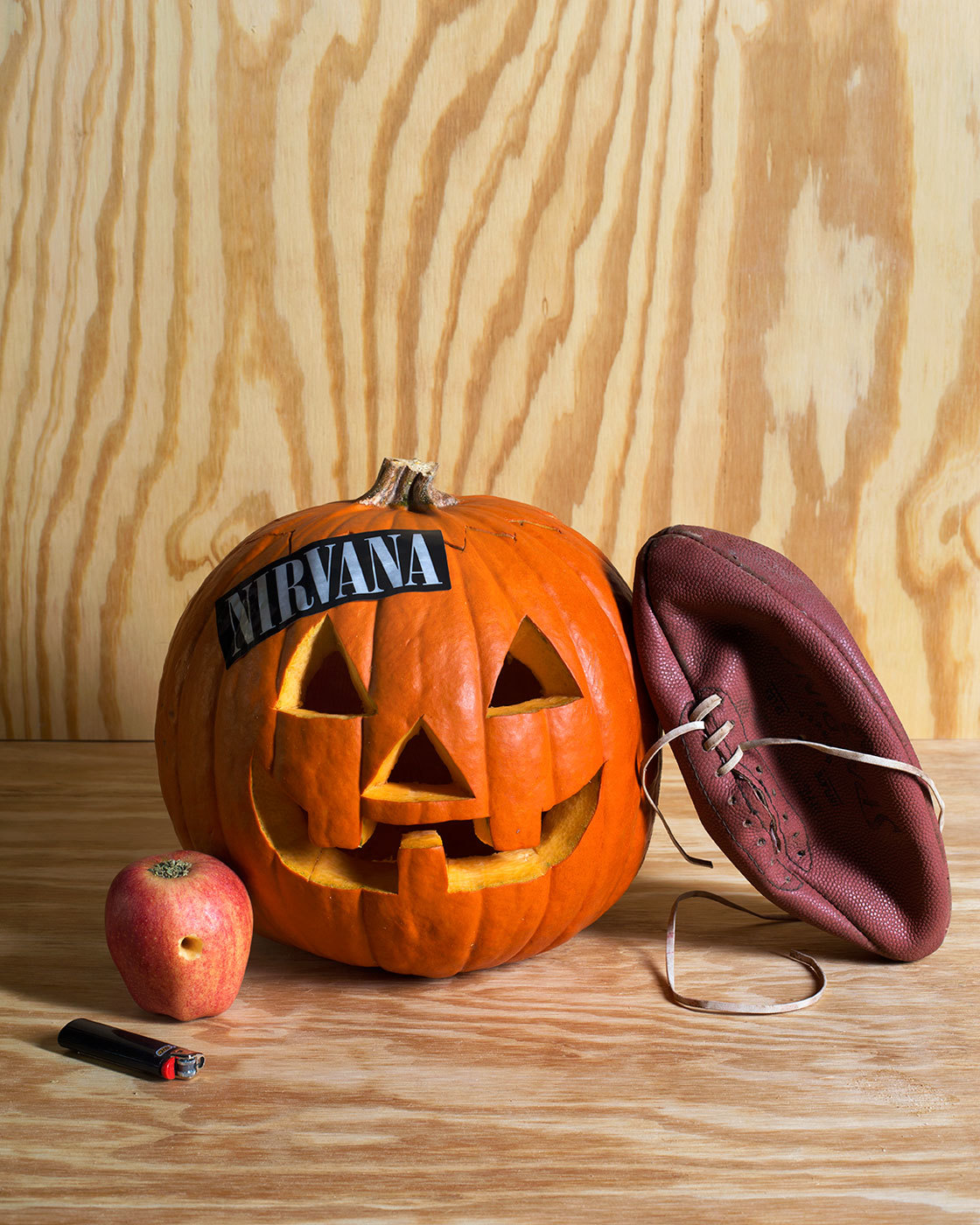
What do you hope people take away from your work?
I want the viewer to confront their own thoughts about gender identity, and maybe ask themselves what they would replace in my photographs as their own object of desire. And I want them to know that my work is to fill a void — there’s something missing and this is to fill it.
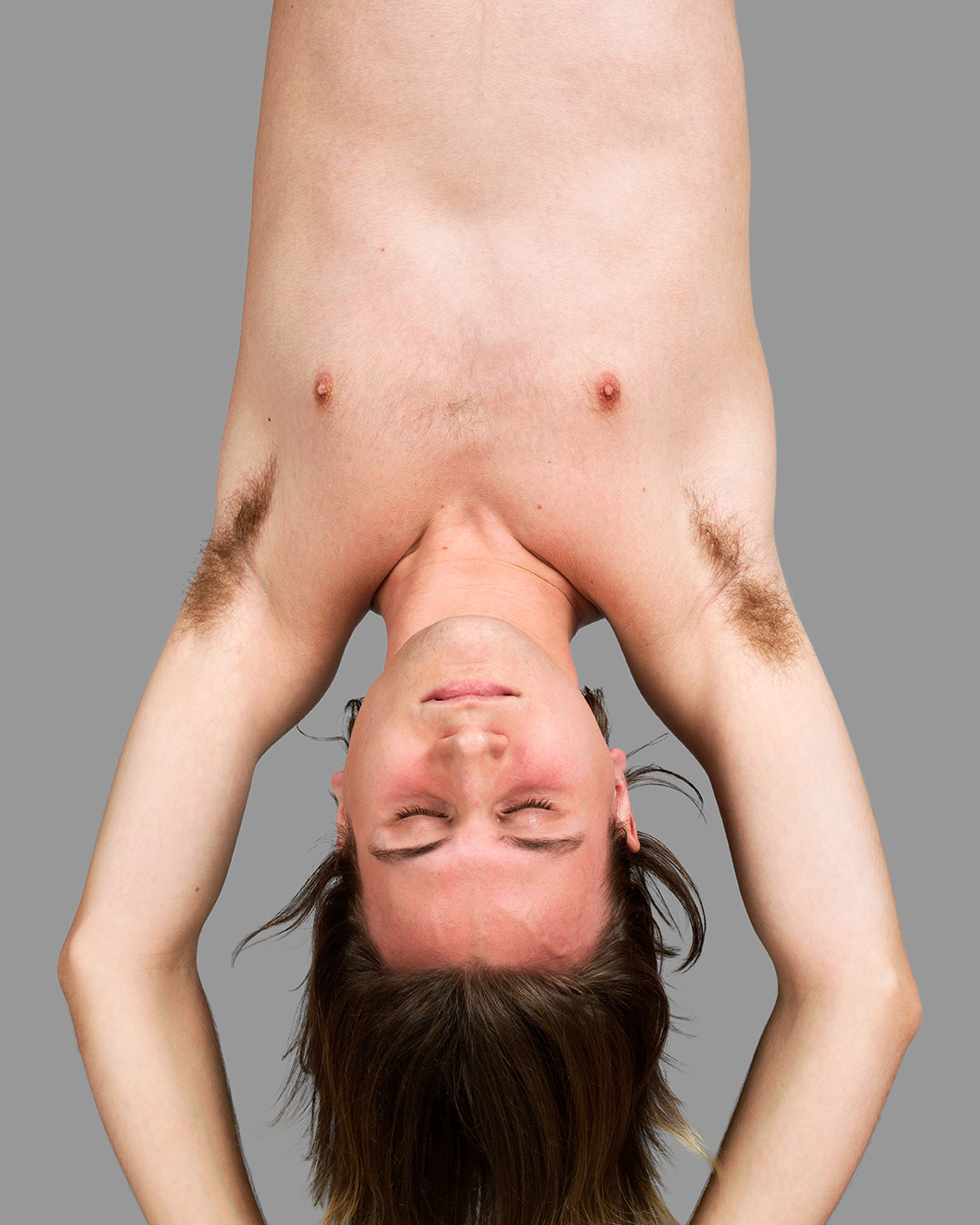
Is that working? Is that void always going to be there?
Yes, it is. I’m also making work for other people, though, who may be going through the same thing, of not really fitting in. Someone approached me at the end of my recent show and said, “Your work has hugely impacted my sister’s own gender exploration.” She goes to school upstate where I guess there is this very black-and-white gender binary. I hope the confidence in my work helps people feel less alone, and more empowered by their own combination of identities. That was the best thing someone could have told me.
Credits
Text Alice Newell-Hanson
Photography Grace Ahlbom
